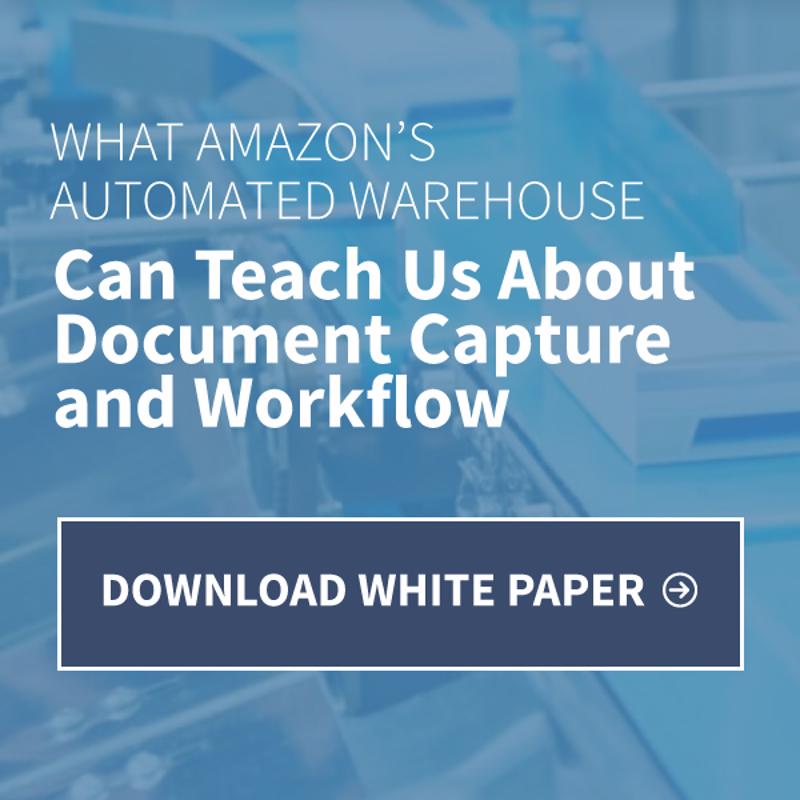
More schools nationwide planning for paperless transition
The cost – in terms of both money and environmental damage – of using paper for every aspect of schoolwork is driving many districts across the country to consider other options. That includes transitioning to paperless processes and ongoing document management.
Sometimes, these efforts are pushed by individual teachers, such as Williston (North Dakota) High School's Amanda Skinner, a technology teacher who undertook an initiative to create a paperless classroom, according to the Williston Herald. For this effort and other forward-thinking moves, she was recently declared the North Dakota Techie Teacher of the Year by the North Dakota Association of Technology Leaders.
High-level support
Skinner told the newspaper that she couldn't have gotten any of her education initiatives off the ground without significant support from school administrators, the report said. Both the high school's principal and the school district's technology director have encouraged her and her classes, providing them with significant resources to pursue their goals. Now, her class is learning to reassemble old computers.
A New Jersey school moves forward
Meanwhile, Lacordaire Academy – a private school in Montclair, New Jersey – recently signed a pledge to go carbon neutral in the near future, according to a report from the Newark Star-Ledger. Included in that effort is a shift to more efficient light bulbs and motion sensors to automatically turn them off, but also an effort to go toward becoming a paperless school that instead relies on ongoing document management.
The pledge was signed by school head William Hambleton ahead of the school's participation in a Zero Emissions Summit in nearby New York City.
Individual schools or entire districts may have a number of motivations for going paperless and instead relying on document management services to keep track of their files or simply administer schoolwork. However, regardless of the reasons why, it's important for them to find a solution for digitizing documents that works for them.
The more they can do to understand their needs – both for modernizing now, and on an ongoing basis for the future – the better off they will be when it comes to meeting those requirements going forward.

